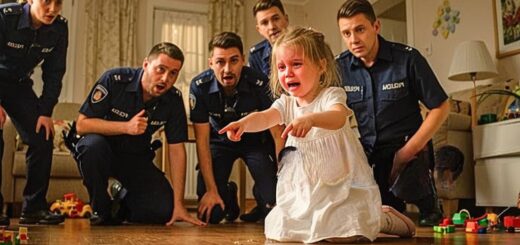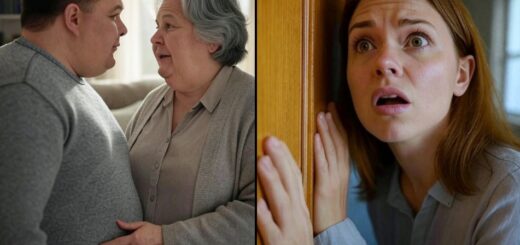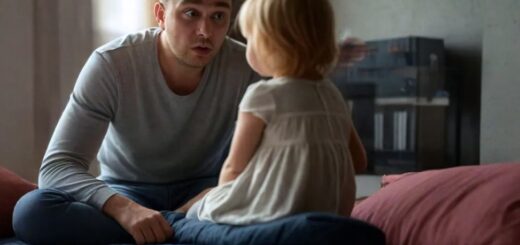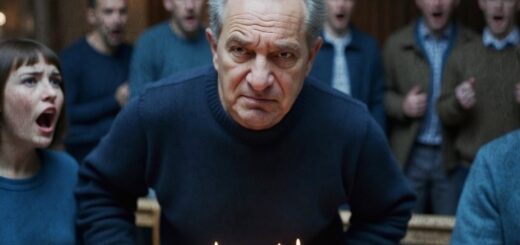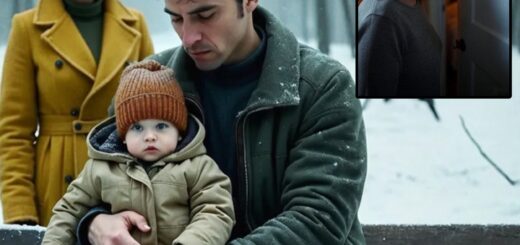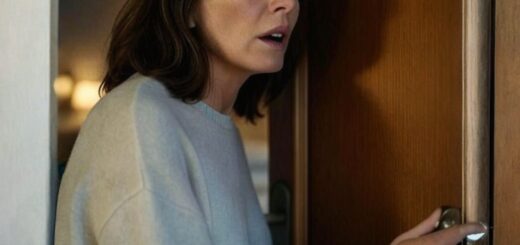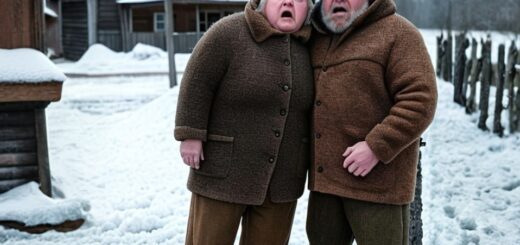In the fall of 1980, four nuns from a small village vanished without a clue, casting their devoted community into a haze of sorrow and uneasy rumors
Father Elias gasped, a surge of nausea rising in his throat. Dear God, no! I’m sorry, Father. The evidence indicates he was physically and psychologically abusive toward her for years.
It’s remarkable she maintained her sanity under such conditions. My sister didn’t sin, Father Elias said firmly, as much to himself as to the deputy. She was a victim.
The sin belongs entirely to her captor. Of course, Father, Williams agreed solemnly. No one would suggest otherwise.
Harold, who had been listening to Father Elias’ side of the conversation, placed a supportive hand on his shoulder. There’s one more thing you should know, Williams continued. The journal details how he managed to abduct four nuns without anyone finding them.
It was a meticulously planned operation. Redwood had been watching St. Dymphna’s for months, learning the nuns’ routines. When he learned they would be alone during their retreat, he saw his opportunity.
How did he get them out without leaving evidence? Father Elias asked, recalling how the investigation had been hampered by the complete absence of signs of struggle or forced entry. According to his writings, he posed as a friendly neighbor, bringing tea and supplies to the chapel. The tea was drugged.
The two older nuns drank it and became drowsy. When the younger nuns helped them to bed, Redwood entered and overpowered them one by one. He started with the older nuns, who were frail and easier to subdue.
Your sister nearly escaped. She fought back and almost made it to the door, but he knocked her unconscious and later drugged her as well. Father Elias winced, imagining his sister’s terror.
He removed them through a servant’s corridor in the old chapel, loading them into his vehicle during the night. Afterward, he meticulously cleaned the chapel, burning all trace evidence, their bags, letters, bedding. He even washed the floors with lye to destroy any evidence.
By the time the alarm was raised, there was nothing to find. And the police investigation, Father Elias asked, remembering the frustration and helplessness he had felt during those early weeks. Rural investigations in 1980 weren’t what they are today, Williams explained.
Resources were limited, forensic techniques were less advanced, and record-keeping was spotty at best. Once the initial searches yielded nothing, the case quickly went cold. Redwood himself was never considered a suspect.
He was wealthy, respected in the community, had no criminal record. And then he bought the chapel through a proxy company, Father Elias concluded, the pieces falling into place. Demolished it to ensure no one would ever search there again.
Exactly. After purchasing the property, he constructed the underground chambers and the tunnel connecting them to his storage shed. That explains the reports of nocturnal construction noises and tremors in 1983.
How could no one have noticed, Harold interjected, his voice raised in indignation. Father Elias relayed the question to Williams, who sighed audibly. It’s not something I’m proud to report, but Redwood’s journal suggests he bribed certain officials to ignore complaints and look the other way during the construction.
We’ll be investigating those allegations thoroughly. The conversation was interrupted by the arrival of a doctor in scrubs who approached with a clipboard in hand. Are you Father Moreau? Sister Theresa’s brother? Father Elias quickly ended his call with Deputy Williams, promising to speak again soon and turn to the doctor…
